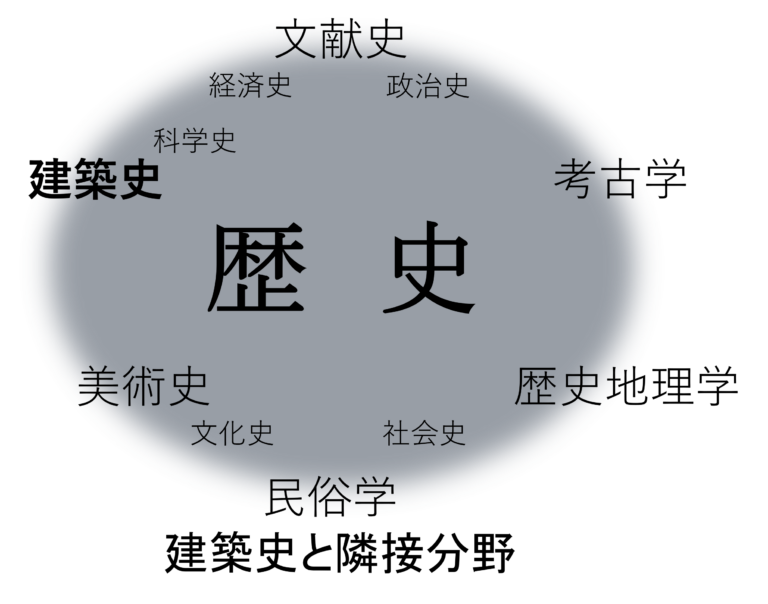Unno Lab
Exploring the history that has been accumulated so far and construct a way to live and utilize it from now on.
Research Theme
The research focus of UNNO laboratory is the history of wood architecture technology in East Asia centered on Japan. Relevant academic exploration also involves the interpretation of architectural design concepts, social backgrounds, construction systems and rituals. Meanwhile, we also attempt to explain how the architecture is preserved to the present, namely the maintenance history, and pay attention to the framework related to the preservation and inheritance of cultural heritage. As for the time period, our focus is from primitive time to late middle ages, but early modern times are also within our concern as long as the objects are made of wood, and the origin of the object won’t matter.
Architectural history, which straddles both architecture and history, has essential connections with various adjacent fields such as literature history, archeology, art history, historical geography, and folklore. It can be seen as a comprehensive academic field. Therefore, we also do a lot of collaborative work and research with multidisciplinary realms. Students’ research themes are not limited to the laboratory themes. They are free to choose and explore according to their own academic concerns.



Research Activity
Research activities of the laboratory include the Graduate School Seminar, the Historical Materials Reading Group, the China / Ancient Architecture Research Group, and the Monthly Seminar held jointly with Kato Lab. All of these activities are monthly held throughout the whole academic year, which means there is a seminar every week.
The Historical Materials Reading Group is a study group that deciphers architectural information, architectural ideas, craftsmanship organizations, carpentry techniques, urban forms through like ancient literature, carpentry technical books, old drawings, and Meishozue. Recently, we are examining the Nakaike Document, which are documents and drawings materials of an artisan family who kept to the position of Kyoto carpenter’s head in the Shogunate throughout the Edo period. In the winter, there’s an annual international research meeting at the Kyoto Institute of Library and Archives in collaboration with the Historiographical Institute of the University of Tokyo to report on the progress and results of our research.
At the China / Ancient Architecture Research Group, international students translate Chinese research materials into Japanese, while Japanese students read and interpret repair reports on Japanese ancient architecture. By comparing materials of both countries, we attempt to create an international history structure of East Asian architecture.

Investigation Activity
In order to enjoy field-based research during our year-round research activities, we intersperse field surveys and seminar trips as needed.
The purpose of the field survey is to preserve and utilize cultural properties and to acquire investigation methods and documentation skills. Basically, we focus on historical buildings such as streetscapes and stand-alone buildings in Japan, conducting actual measurement of current conditions, literature research, value evaluation, and report writing etc., and sometimes we also discuss how to utilize them.
Focusing on one or two cities, the seminar trip is to visit historical buildings, townscapes, repair sites, ruins, etc. there in September or October every year.
In addition, overseas surveys are conducted irregularly, such as the survey of buildings in Shanxi Province, China, and the survey of buildings in Seoul and Anseong City, South Korea. For widening knowledge, students will have the opportunity to participate too.

Japanese Architectural History and Modern Society
Talking about specialized occupations related to cultural properties and ancient architecture, there are a variety of possible career paths for graduates. To give an example that is easy to imagine, many of those who contribute to the preservation and utilization of cultural property buildings as cultural property protection officers at the Agency for Cultural Affairs and local governments are experts in the history of Japanese architecture. In addition, for the repair of cultural properties, we can serve as repair technicians who organize repair sites at the Japanese Association for Conservation of Architectural Monuments and the boards of education of Kyoto, Nara, Shiga and other cities. We can also serve as curators and faculty members at universities, museums, and research institutes such as the National Institutes for Cultural Heritage, for the purpose of research on cultural properties.
Moreover, we may be involved in cooperation for the conservation of cultural heritage overseas in international organizations such as JICA, using methods and principles of Japanese cultural heritage repair.
Furthermore, there are many architects and consultants who use the knowledge they have gained to design Japanese-style architecture.
history.arch.t.u-tokyo.ac.jp/unno



